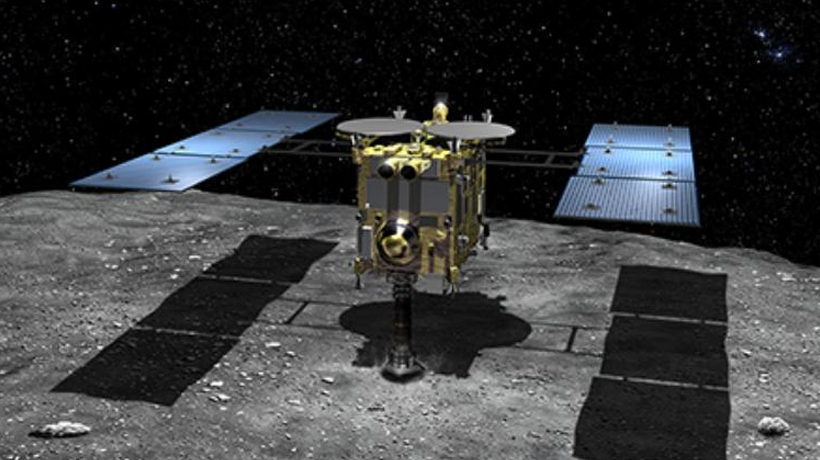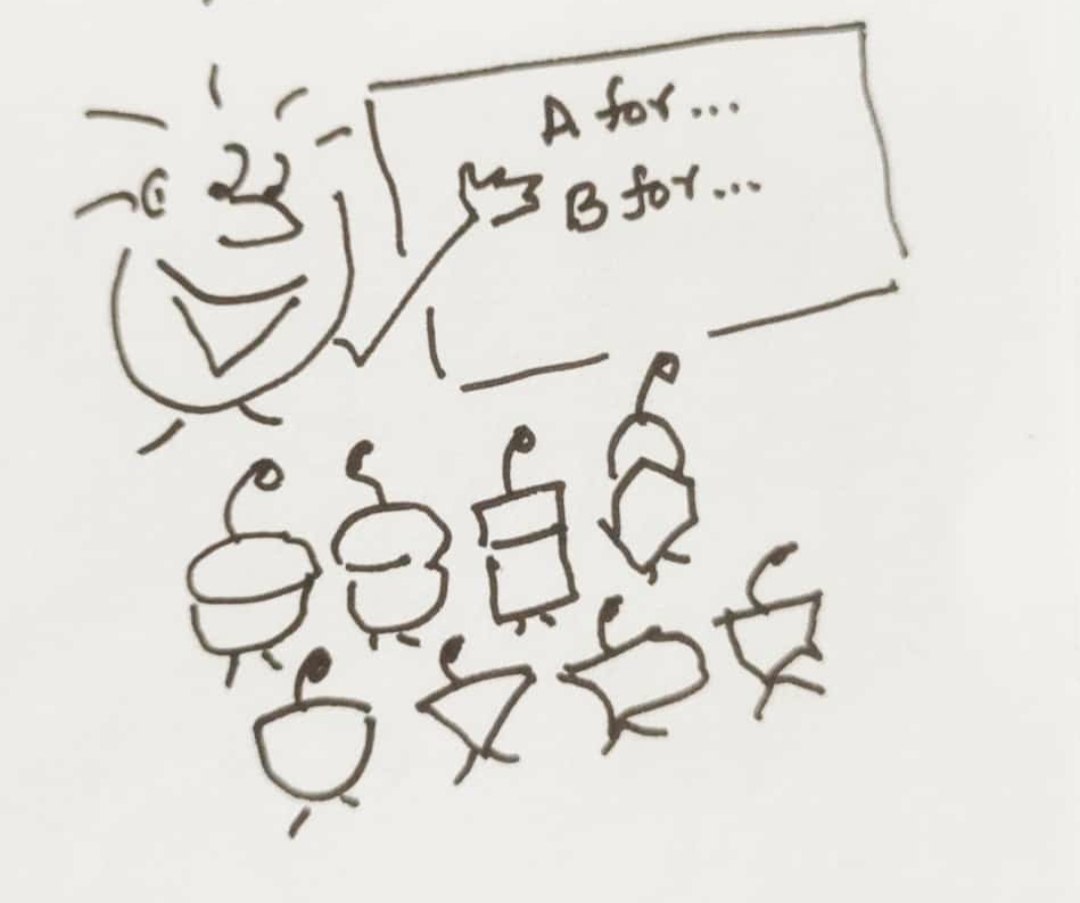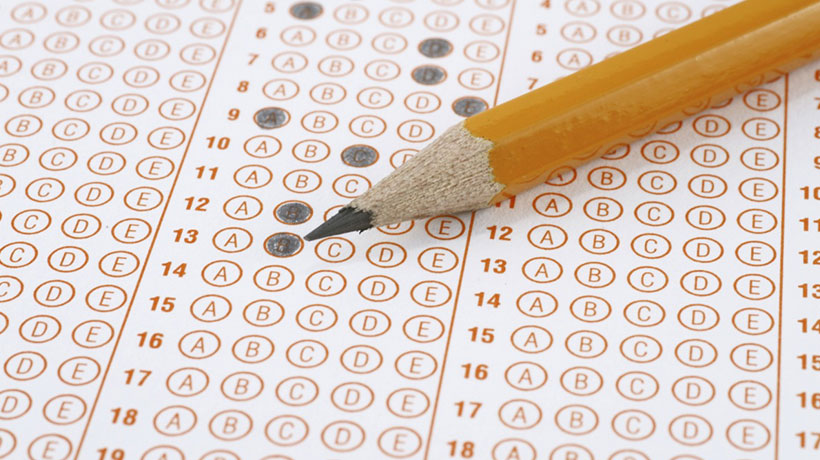Trending Now
- 830 voters names go missing in Kavundampalayam constituency
- If BJP comes to power we shall consider bringing back electoral bonds: Nirmala Sitaraman
- Monitoring at check posts between Kerala and TN intensified as bird flu gets virulent in Kerala
Education
The Japan space probe launches robot MASCOT, onto asteroid
![]() October 6, 2018
October 6, 2018
The Japanese space probe has launched a new observation robot on Wednesday, towards an asteroid to throw light on the origin of the solar system.
As per the Japan Aerospace Exploration Agency, the Hayabusa2 probe has launched the French-German mobile Asteroid surface scout, or MASCOT, towards the Ryugu asteroid’s surface.
About the Robot
The duration of the robot’s safe landing on the asteroid was not confirmed where it is expected to collect a wide range of data.
Hayabusa2 mission manager Makoto Yoshikawa said at a briefing before the landing that “it is hugely significant to take data from the surface of an asteroid, we have high expectations for the scientific data.”
The MASCOT is box-shaped and weights 10 kilogramme (22 pound). It has landed with sensors, it can take images at multiple wavelengths, investigate minerals with a microscope, gauge surface temperatures and measure magnetic fields.
MASCOT launches 10 days later the Hayabusa2 dropped a pair of MINERVA-2 micro-rovers, a world’s first, on the Ryugu asteroid.
How MASCOT is different from to other robots
Contrary to other machines, MASCOT will be largely immobile, will jump to its mission only once and can turn on its sides.
The MASCOT has a maximum battery life of 16 hours, while the rovers can spend multiple months on the asteroid. The MASCOT will transmit the data collected to the Hayabusa2 before running out of life.
The Hayabusa2 is scheduled later this month to position an ‘impactor’ that will explode above the asteroid, shooting a two-kilo copper object to make it blast into a small crater on the surface.
After that, the probe will collect samples from the artificial crater using an extended arm.
The fresh material of wind and radiation could help to answer many fundamental questions about life and the universe, including whether elements from space helped give rise to life on earth.
Hayabusa2 is the successor of JAXA’s first asteroid explorer. It is about the size of a refrigerator and equipped with solar panels.
























